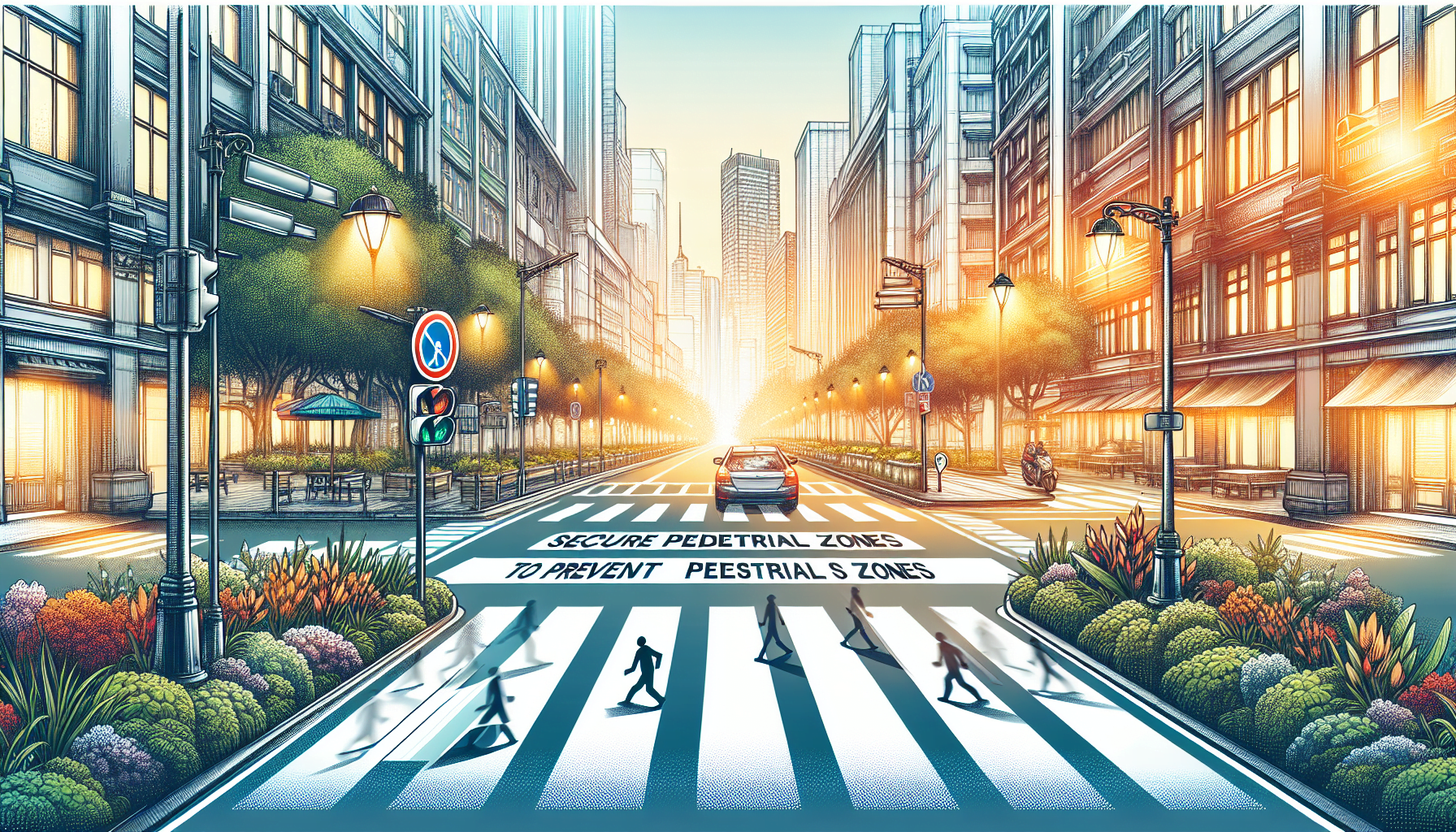Warehouses can be busy and bustling environments, with a constant flow of goods and people. While this is necessary for the efficient functioning of warehouse operations, it also increases the risk of accidents, especially when it comes to Powered Industrial Trucks (PITs). PIT accidents can cause severe injuries to both operators and pedestrians if proper safety measures are not in place.
The Importance of Creating Safe Pedestrian Zones
One effective way to prevent PIT accidents is by creating designated safe pedestrian zones within the warehouse. These zones serve as dedicated areas for pedestrians to move freely without the risk of colliding with PITs or other machinery.
Implementing safe pedestrian zones offers several benefits:
- Enhanced safety: By creating separate routes for pedestrians, the risk of accidents and collisions with PITs is significantly reduced. This helps to protect the well-being of both workers and visitors within the warehouse.
- Improved productivity: When pedestrians have designated pathways, they can navigate the warehouse more efficiently, without hindering the movement of PITs. This leads to improved productivity and smoother operations.
- Increased awareness: Clearly marked and well-defined pedestrian zones help to raise awareness about safety protocols and remind workers and operators to be vigilant while moving through the warehouse.
- Reduced downtime: By creating safe pedestrian zones, the frequency of accidents and injuries is minimized. This helps to reduce downtime caused by accidents and improves overall operational efficiency.
To create effective pedestrian zones, it is important to follow a structured approach:
1. Analyze Warehouse Layout
The first step in creating safe pedestrian zones is to analyze the layout of the warehouse. Identify areas with higher foot traffic and determine the best routes for pedestrians to navigate through the warehouse. Take into account areas with high PIT activity and potential collision points.
2. Identify and Mark Pedestrian Paths
Once you have identified the routes, mark them clearly using highly visible floor markings. Use contrasting colors to distinguish pedestrian paths from areas designated for PITs. This will help both pedestrians and PIT operators to easily identify and respect the boundaries of each zone.
Warehouse safety evaluation carried out by experts can provide valuable insights into creating effective pedestrian paths based on industry best practices and compliance requirements.
3. Install Barriers and Signage
To further reinforce the safe pedestrian zones, consider installing physical barriers such as safety guardrails or bollards. These barriers not only prevent accidental entry by PITs but also act as a visual reminder for pedestrians to stay within their designated areas. Additionally, place clear and informative signage throughout the warehouse to alert everyone about the existence of the pedestrian zones and the necessary safety precautions.
4. Employee Training and Awareness
Creating safe pedestrian zones is only effective if all warehouse personnel are aware of and follow the established protocols. Conduct regular training sessions to educate workers and operators about the importance of pedestrian safety, the designated paths, and the potential hazards of PIT operations. Promote a culture of safety within the warehouse and encourage employees to report any safety concerns or near-miss incidents.
Regularly remind everyone of the importance of staying within the designated pedestrian zones and maintaining situational awareness when moving through the warehouse.
5. Regular Evaluation and Improvement
Periodically evaluate the effectiveness of the pedestrian zones by monitoring adherence to safety protocols and assessing accident-related data. This will help identify any areas that require improvement or modifications to enhance safety. Stay up to date with industry regulations and best practices to ensure ongoing compliance.
Remember, creating safe pedestrian zones is not a one-time task – it requires ongoing commitment and vigilance to maintain a safe working environment.
In conclusion, creating safe pedestrian zones within a warehouse is crucial for preventing Powered Industrial Truck accidents. By implementing designated paths, clearly marking them, installing barriers, and promoting awareness and training, the risk of accidents can be significantly reduced. HCO Innovations offers comprehensive warehouse safety evaluations to help businesses identify and implement the most effective safety measures. Ensure the safety of your warehouse operations by creating safe pedestrian zones and prioritizing the well-being of your employees and visitors.

